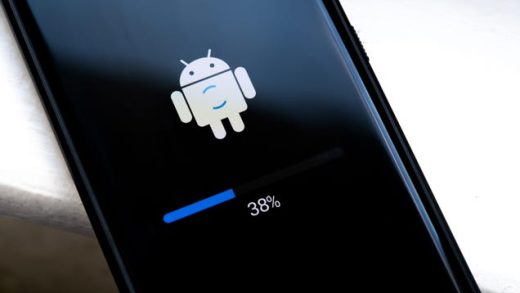Mary Adkins, author of “When You Read This,” recommends epistolary works of fiction with subtextual storytelling
I love my husband, but if this whole thing falls apart it’s because of two words: I see. A few text conversations we’ve had recently:
Me: I’ll be home in 20.
Him: I see.
Me: I’m gonna ask J and K if they want to come by later.
Him: I see.
Me: Picking up spaghetti squash for dinner.
Him: I see.
He insists that this text response is entirely neutral. Akin to “Got it.” Not sure what planet he’s spent the last 30 years on, but I’m left with no choice but to try, every time I receive an “I see,” to believe that he isn’t passive aggressively attacking me from the other end of our mobile plan.
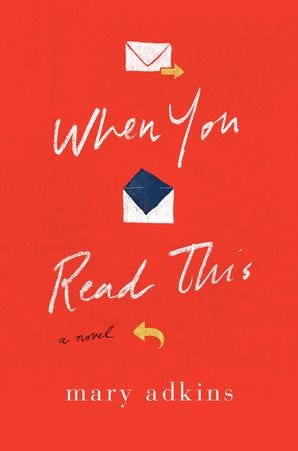
I’m a sucker for fiction delivered in unconventional formats in general, but epistolary novels — novels told through letters, or these days, emails — are a favorite for the same reason that my husband’s texting makes me crazy: I love reading between the lines. They waited so long to reply — 10 whole minutes! What does it mean? Or, oh no, he didn’t use an exclamation point…he must be furious.
Milking the trivialities of digital communication — the time stamps, subject lines, sign-offs, and signatures — was one of my favorite parts of writing my novel When You Read This, a story told entirely in online dispatches.
Here, I’ve collected a list of my favorite epistolary novels (and one short story) in recent years — all with subtextual storytelling that I found compelling, clever and powerful.
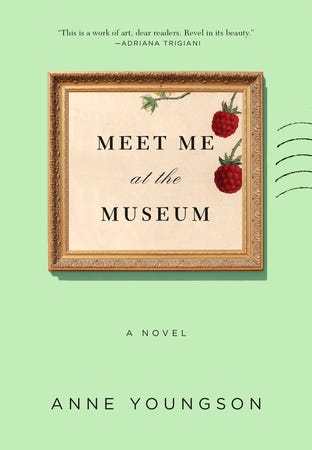
Meet Me at the Museum by Anne Youngson
At the beginning of the book Anders and Tina have never met. Will they? One desperately hopes so. This is the story of a friendship forged in the present day through the lost art of handwritten letters (sometimes sent as email attachments) — two strangers writing gorgeous sentences about the changing seasons of their lives. Both grandparents by the novel’s end, they have amassed heaps of wisdom, which they swap with humility and humor. Beautiful and haunting, with anecdotes of mermen and ghosts and ancient humans, this is a tale of two people who are not of the digital era finding a surprise connection within it.
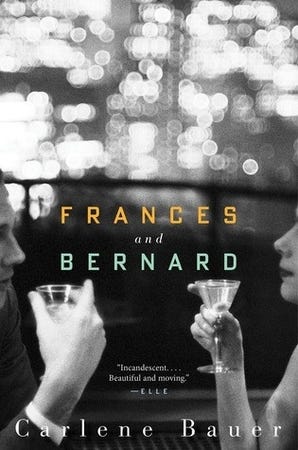
Frances and Bernard by Carlene Bauer
Unlike Tina and Anders, at the novel’s start Frances and Bernard have met, once, at a writers colony, prior to the beginning of their literary correspondence, a slow-burning slide from heady discourse into romance. Deeply intellectual pen pals whose hunger to impress one another is present on every page, charging it with sexual tension, these characters inspired by Flannery O’Connor and Robert Lowell are self-conscious, clever, reflective, and questioning in grand, metaphysical ways. While Bernard’s 1950s high-brow misogyny was so on the nose it put me off at times, their conversations kept my interest, perhaps because they talk about all the stuff writers care about: the writing process itself, reading that inspires writing, other writers they know (the fun, gossipy part), and life’s Big Mysteries.
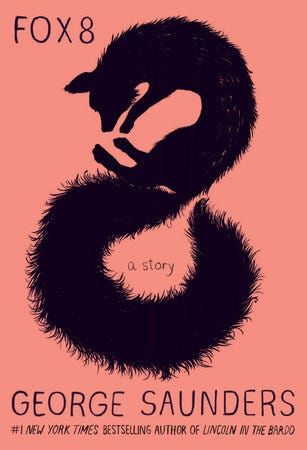
Fox 8 by George Saunders
You know him from The Tenth of December, but my friend Emily Wulwick and I have been hosting two-person book release parties for him with since 2004. We sit across from each other sipping happy hour whiskey while reading his latest in silence. It’s introvert-socializing at its best. Fox 8, his 2013 short story published in solo hardback with funny and moving illustrations by Chelsea Cardinal, is vintage Saunders: playful, as violent as it is tender, and full of heart. A fox pens a slang-filled, phonetically-spelled appeal to humans asking us to please explain our species’ brutality. His letter includes the story of his loss of innocence, the moment of his disenchantment with the “yuman.” It’s a quick-read, an allegory for the vigor of the human spirit and drive to be kinder that will make you want to ban fox hunting.
How Many Emails Does It Take To Not Apologize?
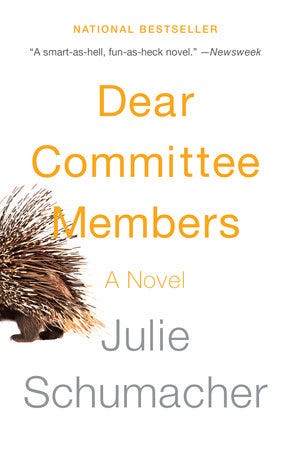
Dear Committee Members by Julie Schumacher
On a vacation to Costa Rica, I took this book with me to my lounge chair. By the time I stood up, my thighs were lined red from the plastic strips and my cheeks hurt from laughing. Back in my room, where my laptop had begun translating all web pages into Spanish, I immediately ordered copies for everyone I know who reads fiction — at least I hoped I did, since I don’t speak Spanish (update: it worked). Julie Schumacher, thank you for the sunburn and belly aches. If you’ve ever asked for, written, or received an academic letter of reference, you will delight in this series of masterful, wry recommendations written by a disillusioned creative writing professor determined to find success for his star pupil.
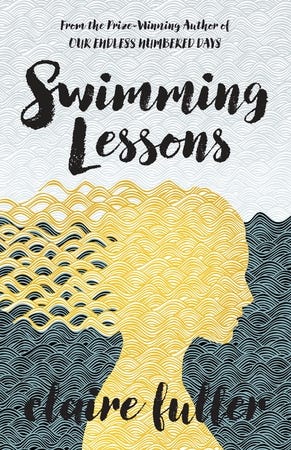
Swimming Lessons by Claire Fuller
Also about a writer and professor, Swimming Lessons is composed of one of my favorites kinds of letters — letters left behind, in this case, by the writer’s missing wife. Her letters have been placed in books belonging to him, breadcrumbs that also tell the story of their courtship and marriage. Will they lead to the discovery of her fate? The novel shifts between past and present, also telling the story of the couple’s now grown daughters struggling to understand what happened to their mother. Bonus — the books in which the letters have been placed bring unexplained literary meaning to the text, offering up a whole extra layer of meta literary sleuthing for super curious readers.

Hotels of North America by Rick Moody
From the introduction I began second-guessing my presumption that I was reading an entirely fictional book — which is precisely what Rick Moody wanted me to do. I wondered if perhaps the novel was composed, in part, of nonfiction writing by a hotelier and an online reviewer of hotels. (I was pretty sure it was fiction — just with an itch of doubt.) It wasn’t until the last section of the book that I fully appreciated the purpose of this confusion and how it serves to further embody Moody’s — and his character Morse’s — experience that “the fraudulent can sometimes feel closer to the truth.”
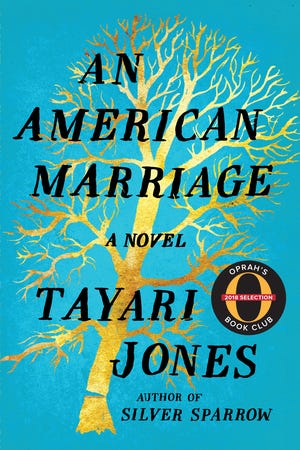
An American Marriage by Tayari Jones
This book broke my heart, then broke it again and again. When Celestial and Roy, newlyweds, are yanked apart by Roy’s wrongful conviction in rural Louisiana, they are forced to attempt to sustain their marriage via letter: Roy, writing from prison, and Celestial, writing from their Atlanta home. Their letters will leave you unable to turn off the light to stop reading, even after his incarceration is overturned. Because what has it made of their marriage? And then there are lines like this: “The vast generosity of women is a mysterious tunnel, and nobody knows where it leads.” My copy is bulky in the bottom corner where I earmarked all the pages containing writing like this sentence to re-read later. It’s too good to read just once.
Tayari Jones Writes About People with Problems, Not Problems with People

About the Author
Mary Adkins is a writer whose work has appeared in the New York Times and the Atlantic. A native of the American South and a graduate of Duke University and Yale Law School, she lives in New York City with her family. She also teaches storytelling for The Moth. When You Read This is her debut novel.


7 Books Written as Emails, Reviews, and Letters was originally published in Electric Literature on Medium, where people are continuing the conversation by highlighting and responding to this story.


